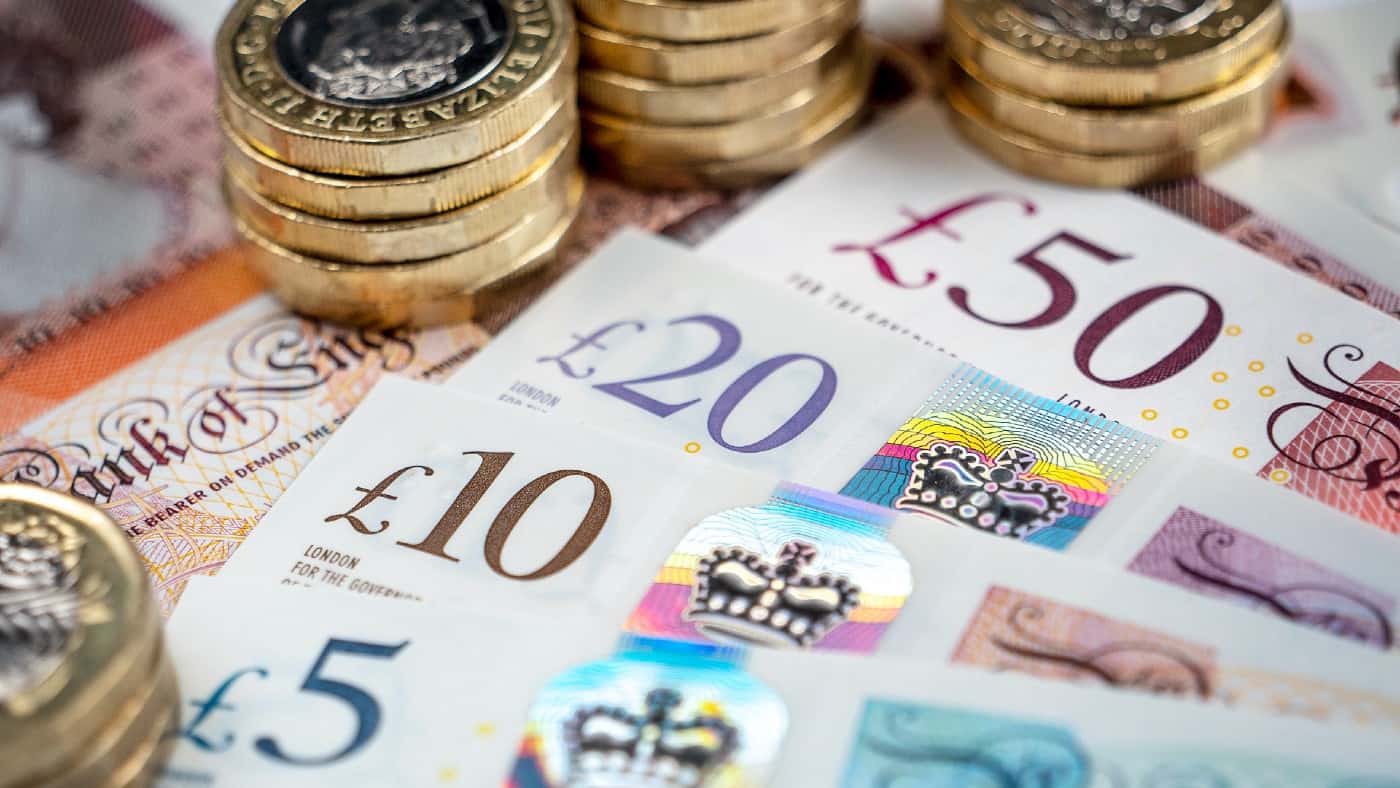What’s the best kind of ISA to go for, a risky Stocks and Shares ISA or a safe Cash ISA?
I don’t want a Cash ISA because the long-term returns are so poor. But they can be a boon for people who want the guaranteed safety they offer. Not everyone’s happy with stock market risk.
Whatever we go for, what difference would a few percent make anyway? Over just one year, maybe not a lot. But over the long term, it could add up to quite a bit. And it’s all down to the magic of compounding.
Compound returns
Hargreaves Lansdown senior investment analyst Joseph Hill tells us: “We asked people what they’d end up with if they invested £10,000 for a year, and their investments grew at 8%, compounded daily. Just 28% of people got the answer right. The most common answer was £10,800 – which is 8% growth without compounding.“
What’s the correct answer? It’s £10,832, and the key is the bit about compounding daily. If the annual 8% is spread out with a tiny proportion paid every day, the first day’s income then earns its own return for the next 364 days. Then the next day’s income compounds for 363 days, and so on.
Now, £32 might not be a huge difference. But let’s try a real world example and see the difference that compounding can make over the long term.
Steady dividend stock
I’m going to pick British American Tobacco (LSE: BATS) as the example. It’s on a forecast dividend yield of 7.8%, and it has a long track record of steady payments. Suppose someone invests the same one-off £10,000, which is half an ISA allowance, into this stock and leaves it there for 10 years.
I’ll assume the share price and the dividend don’t change over the whole period. That’s unlikely, but it’s good enough for comparison purposes.
If they take out their dividend cash and keep it in a sack, they’d end up with an extra £780 per year. That would be a total of £7,800 after 10 years, the same as if it was paid all at the end, like in the Hargreaves Lansdown example. It’s 7.8% multiplied by the 10 years.
Years of compounding
But if, instead of just letting the dividends pile up, they reinvest the cash in more British American shares each year? Well, the pot could more than double to £21,000 from those compounded dividends alone. And £21,000 is a lot nicer than the £7,800 we’d expect if we didn’t reinvest the cash. It’s the difference that compounding can make.
I’ve no idea where the British American dividend or share price might go in the next 10 years. And I’d never put all my money into it. I’d be kept awake at night worrying about what might happen to the tobacco industry in the next decade. Diversification is essential.
But this snapshot example shows why we shouldn’t underestimate the power of compounding. And how the longer it goes on, the greater the difference it can make.
This post was originally published on Motley Fool



